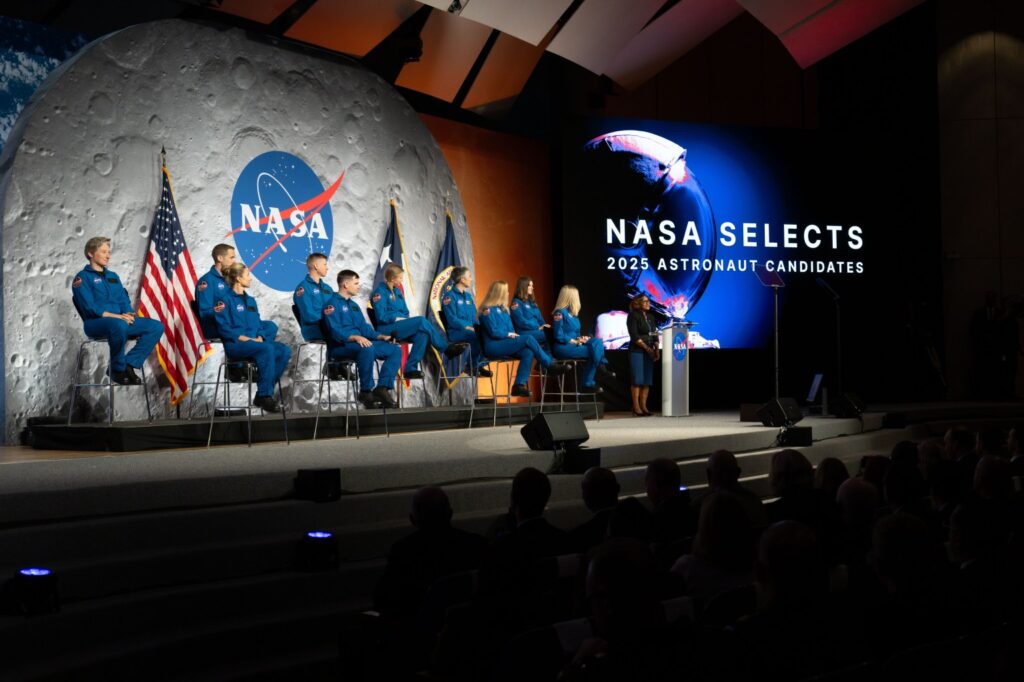Now Reading: Shenzhou 22 launches successfully to provide emergency support for astronauts aboard Tiangong space station
-
01
Shenzhou 22 launches successfully to provide emergency support for astronauts aboard Tiangong space station
Shenzhou 22 launches successfully to provide emergency support for astronauts aboard Tiangong space station


The Shenzhou 22 mission, which was initially slated for launch next year, took to the skies successfully on November 25, 2023, at 04:11 UTC. The spacecraft lifted off from Site 901 at the Jiuquan Satellite Launch Center located in China’s Inner Mongolia province aboard a Chang Zheng-2F rocket. Unmanned, Shenzhou 22 managed an automated docking with the Tiangong space station following a three and a half hour orbital journey.
Flying in a southeasterly trajectory, Shenzhou 22 is now positioned in an orbit that is inclined at 41.47 degrees to the equator, compatible with Tiangong’s orbital path. The spacecraft, weighing 8,100 kg and carrying essential provisions instead of a crew, successfully aligned with Tiangong’s 386 by 391 km orbit before connecting with one of its docking ports at 07:50 UTC.
The mission was initiated by the China Manned Space Agency (CMSA) to ensure a safe return option for the astronauts aboard Tiangong, following the discovery of damage to the Shenzhou 20 craft. This damage, believed to have occurred just weeks before the scheduled return of the Shenzhou 20 crew – which includes astronauts Chen Dong, Chen Zhongrui, and Wang Jie – was linked to a space debris impact, affecting a window on the spacecraft’s descent module.
Currently, the Tiangong space station accommodates a crew of three, including Zhang Lu, Wu Fei, and Zhang Hongzhang, who arrived aboard Shenzhou 21 on October 31. They faced an urgent need for a reliable vehicle for evacuation since the Shenzhou 20 spacecraft was compromised. Shenzhou 20’s crew had planned to return on November 5, but their return was postponed due to the damage discovered on their vehicle, which became critical as they had reached their operational limits.
The crew aboard Shenzhou 20 set a Chinese record for the longest space mission, spending 204 days in orbit before returning to Earth aboard Shenzhou 21 on November 14. The rapid launch schedule for Shenzhou 22 was made feasible due to its designation as a “launch-on-need” mission, which prepared both the spacecraft and rocket ahead of time for emergency scenarios.
This approach aligns with a historical precedent in space programs, aiming to provide a backup vehicle for astronauts in case of emergencies. Similar measures have been adopted by NASA since the 1970s and more recently in response to situations involving the Space Shuttle and Russian spacecraft.
Shenzhou 22’s cargo includes a kit intended to aid in potential repairs for the damaged Shenzhou 20 spacecraft, which is still docked at Tiangong and may ultimately need to undock for either an uncrewed return to Earth or a safe disposal. The CMSA has mentioned plans for Shenzhou 23 to follow in the spring of 2026, alongside ambitions for extended missions and international cooperation that includes a scheduled visit from a Pakistani astronaut.
As the Shenzhou program continues to evolve, the success of Shenzhou 22 marks a significant milestone in China’s expanding human spaceflight capabilities.
Stay Informed With the Latest & Most Important News
Previous Post
Next Post
-
 012024 in Review: Highlights from NASA in Silicon Valley
012024 in Review: Highlights from NASA in Silicon Valley -
 02Panasonic Leica Summilux DG 15mm f/1.7 ASPH review
02Panasonic Leica Summilux DG 15mm f/1.7 ASPH review -
 03How New NASA, India Earth Satellite NISAR Will See Earth
03How New NASA, India Earth Satellite NISAR Will See Earth -
 04And Thus Begins A New Year For Life On Earth
04And Thus Begins A New Year For Life On Earth -
 05Astronomy Activation Ambassadors: A New Era
05Astronomy Activation Ambassadors: A New Era -
06SpaceX launch surge helps set new global launch record in 2024
-
 07Space Force plans new ‘Futures Command’ amid pressure to speed up modernization
07Space Force plans new ‘Futures Command’ amid pressure to speed up modernization




















